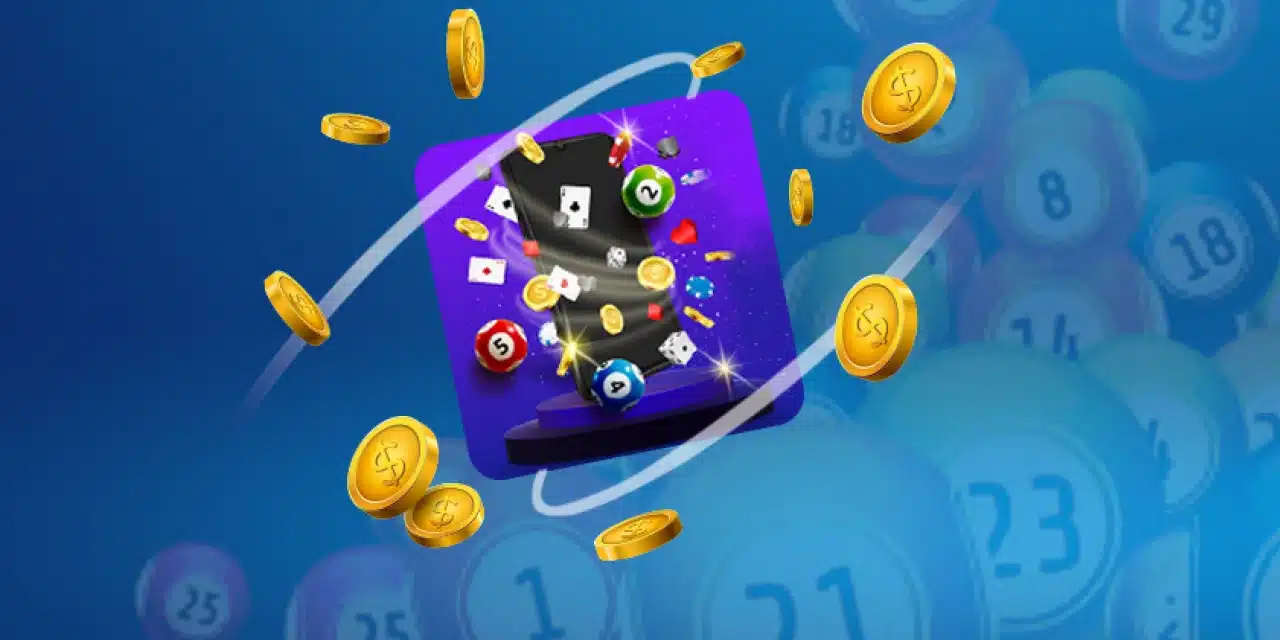From local community halls to online platforms, players gather in anticipation, hoping to be the lucky ones to yell “Bingo!” and claim their prize. The thrill of shouting “Bingo!” when you’ve hit the winning combination is no doubt quite satisfying. But beyond the basic rules and mechanics of the game, there’s a unique language known as “bingo lingo.”
Just like any community or subculture, bingo enthusiasts have their own set of terms and phrases that add flavour to the experience. But before you begin playing, you also need a reliable site to play your bingo games. You can check out some bingo reviews to help guide your decision. Understanding these common bingo terms will not only enhance your gameplay but also help you connect with fellow players.
So, let’s explore some of the most essential bingo lingo terms you need to know.
Bingo
Let’s start with the basics. “Bingo” is the magic word that everyone hopes to shout out during a game. It means that a player has marked off all the numbers on their card and is the winner.
Caller
The person responsible for calling out the numbers during the game is known as the caller. They draw the numbered balls or use an electronic random number generator to announce the winning numbers.
Card
The grid of numbers that players use to play bingo is called a card or a ticket. A typical bingo card consists of five rows and five columns, filled with random numbers.
Dauber
A dauber is an ink marker used to mark off the numbers on a bingo card. It usually has a foam tip that players use to dab the numbers as they are called. Daubers come in various colors and designs, adding a touch of personalization to the game.
Pattern
Bingo games often have specific patterns that players must complete to win. These patterns can be simple lines, such as a straight line across or diagonal, or more complex shapes like:
- Squares
- T’s,
- or even blackout (filling the entire card).
Jackpot
The jackpot is the ultimate prize in a bingo game. It is typically awarded to the player who achieves a specific pattern within a certain number of called balls. The jackpot prize can vary from game to game, and it often accumulates over multiple sessions if it is not won.
Split Pot
In some cases, multiple players may achieve the winning pattern simultaneously. When this happens, the prize is divided equally among the winners, creating a split pot.
Early Bird
Early bird games are bingo sessions that take place before the main event. They often have smaller prizes but are a great way to warm up and get ready for the main game.
Free Space
The centre square on a bingo card is usually marked as a free space. It is automatically considered filled and counts towards completing a pattern.
Cash-In
When a player wins a game, they need to cash in their winning ticket to claim their prize. The process of exchanging the winning ticket for the corresponding cash or merchandise is called cashing in.
Progressive Jackpot
A progressive jackpot is a continuously increasing prize that is awarded when a specific pattern is completed within a certain number of called balls. If the jackpot is not won, it rolls over to the next game, making it even more enticing.
Cards
The term “Cards” refers to the number of bingo cards a player is actively playing in a single game. For example, playing three cards simultaneously is known as “playing three Cards.”
Wrap-up
The final game of a bingo session is often referred to as a wrap-up game. It usually has higher stakes and is a great opportunity to go for that big win before the session ends.
Now that you’re familiar with these common bingo terms, you can confidently join in on the fun. Whether you’re playing at a local bingo hall or online, understanding the lingo adds to the excitement and camaraderie of the game. So, grab your dauber, cross your fingers, and get ready to shout, “Bingo!”




